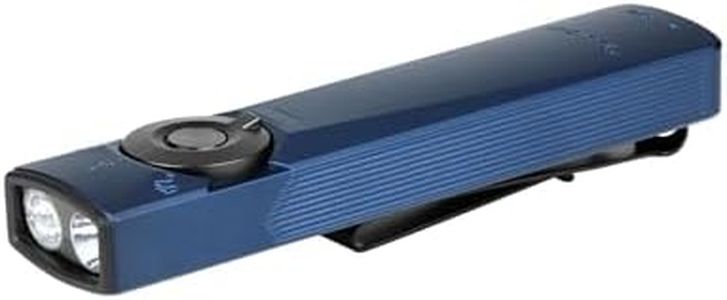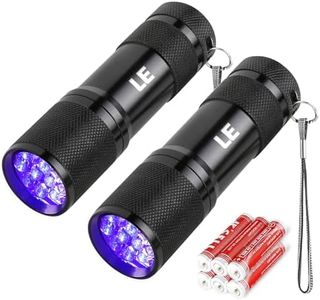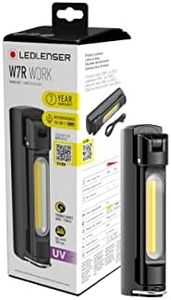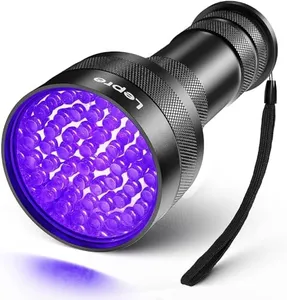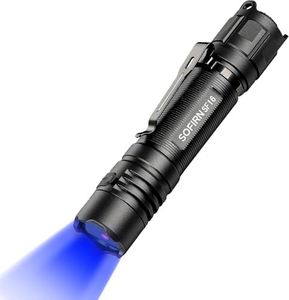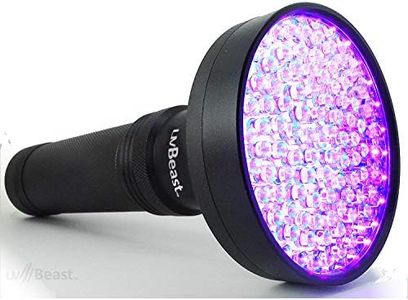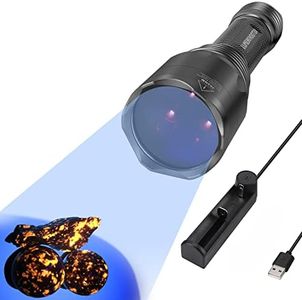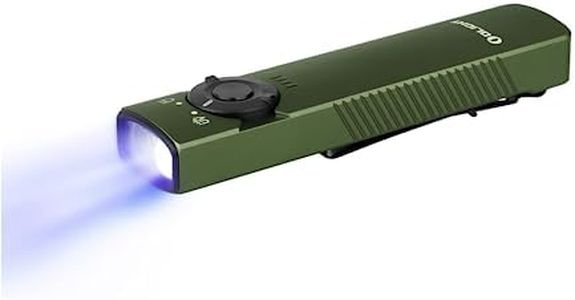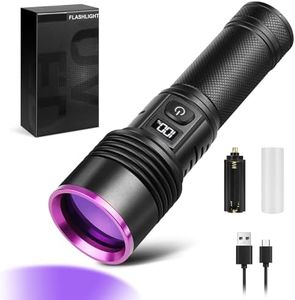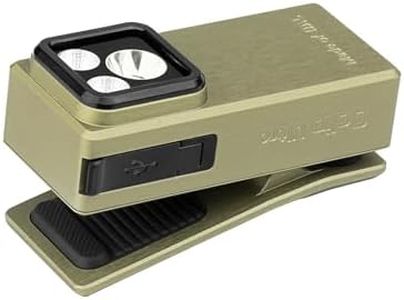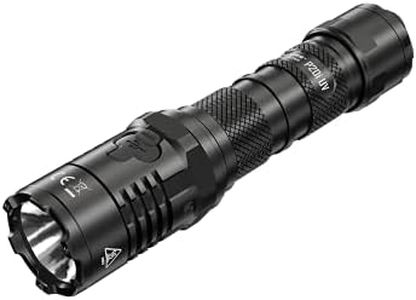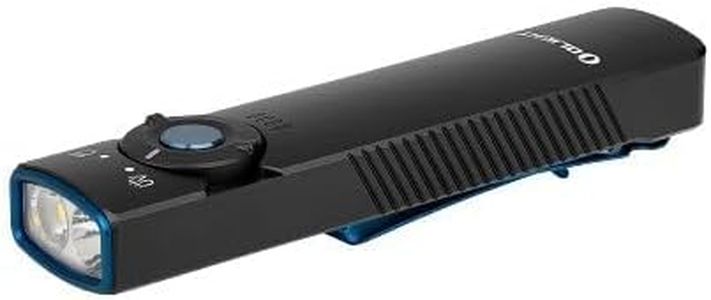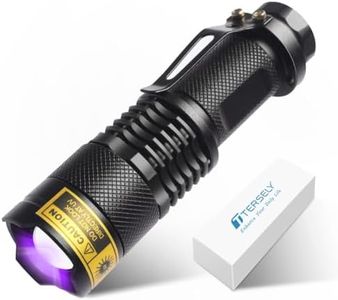We Use CookiesWe use cookies to enhance the security, performance,
functionality and for analytical and promotional activities. By continuing to browse this site you
are agreeing to our privacy policy
10 Best Uv Flashlights
From leading brands and best sellers available on the web.By clicking on a link to a third party's website, log data is shared with that third party.
Buying Guide for the Best Uv Flashlights
Choosing a UV flashlight can open up a variety of uses, from detecting pet stains and scorpions, to authenticating currency and finding leaks. The process of picking the right one starts with understanding your main purpose for the flashlight. Consider where and how often you'll use it, and what you need it to reveal under UV light. Knowing a bit about the key features will help you match a flashlight to your needs for the best experience.WavelengthWavelength, measured in nanometers (nm), is the type of UV light the flashlight emits. Most UV flashlights fall in the 365nm to 395nm range. Shorter wavelengths (around 365nm) produce a 'true' UV light that makes fluorescence more visible and less 'purple' glow, ideal for checking IDs, minerals, or professional tasks. Higher wavelengths (around 395nm) emit more visible light, which causes objects to glow less brightly but is still sufficient for casual uses like spot-checking pet stains or looking for scorpions. For general household use, a 395nm light is often enough, but for more demanding or precise fluorescence, a 365nm light is better. Think about what you plan to use the light for and choose the wavelength that best fits those activities.
Brightness (Lumens)Brightness describes how much visible light the flashlight emits. While UV light is invisible, many UV flashlights also output some visible light, giving the beam a purple hue. Lower brightness is often preferable for close-range inspection work, helping you see fluorescence without being blinded by the beam. Higher brightness may be useful for outdoor uses, like scorpion hunting. When considering brightness, think about your typical environment—indoors needs less, outdoors needs more.
Battery Type and RuntimeThis refers to the kind of batteries the flashlight uses (AA, AAA, rechargeable, etc.) and how long it will last on a single set or charge. Flashlights using common batteries are convenient for occasional use, as replacements are easy to find. Rechargeable flashlights can save money and are handy if you use the flashlight frequently. Longer runtime is important if you plan to use the light for extended tasks or fieldwork. Estimate how often and how long you will use your UV flashlight, and match that with a battery type and runtime that suits your habits.
Build Quality and DurabilityThis considers the materials used and how well the flashlight is constructed. Models made with aluminum or strong plastic are more durable and often water-resistant or waterproof, which is important if you'll be using the flashlight outdoors or in challenging environments. If your use is mostly indoors and gentle, you can prioritize lighter and smaller builds. For rugged or outdoor use, pick a more robust design, perhaps with added features like waterproof sealing.
Beam Pattern and FocusThis describes how wide the beam spreads and whether it can be adjusted. Some UV flashlights have a focused, narrow beam that helps when you need to spot-check specific areas, while others have a broader beam for scanning bigger spaces. Adjustable focus gives you versatility in both scenarios. Match your needs: for detecting stains or small objects, a focused beam works best; for general area scanning, look for a wider or adjustable beam.
Number of LEDs and Coverage AreaSome UV flashlights use multiple LEDs to increase the covered area and brightness. More LEDs can help you inspect larger areas more quickly but may use more battery and make the device larger. If you need to check wide spaces, like hotel rooms or garages, more LEDs are useful. For precise close-up work, a single LED will do the job and keep the flashlight compact.
